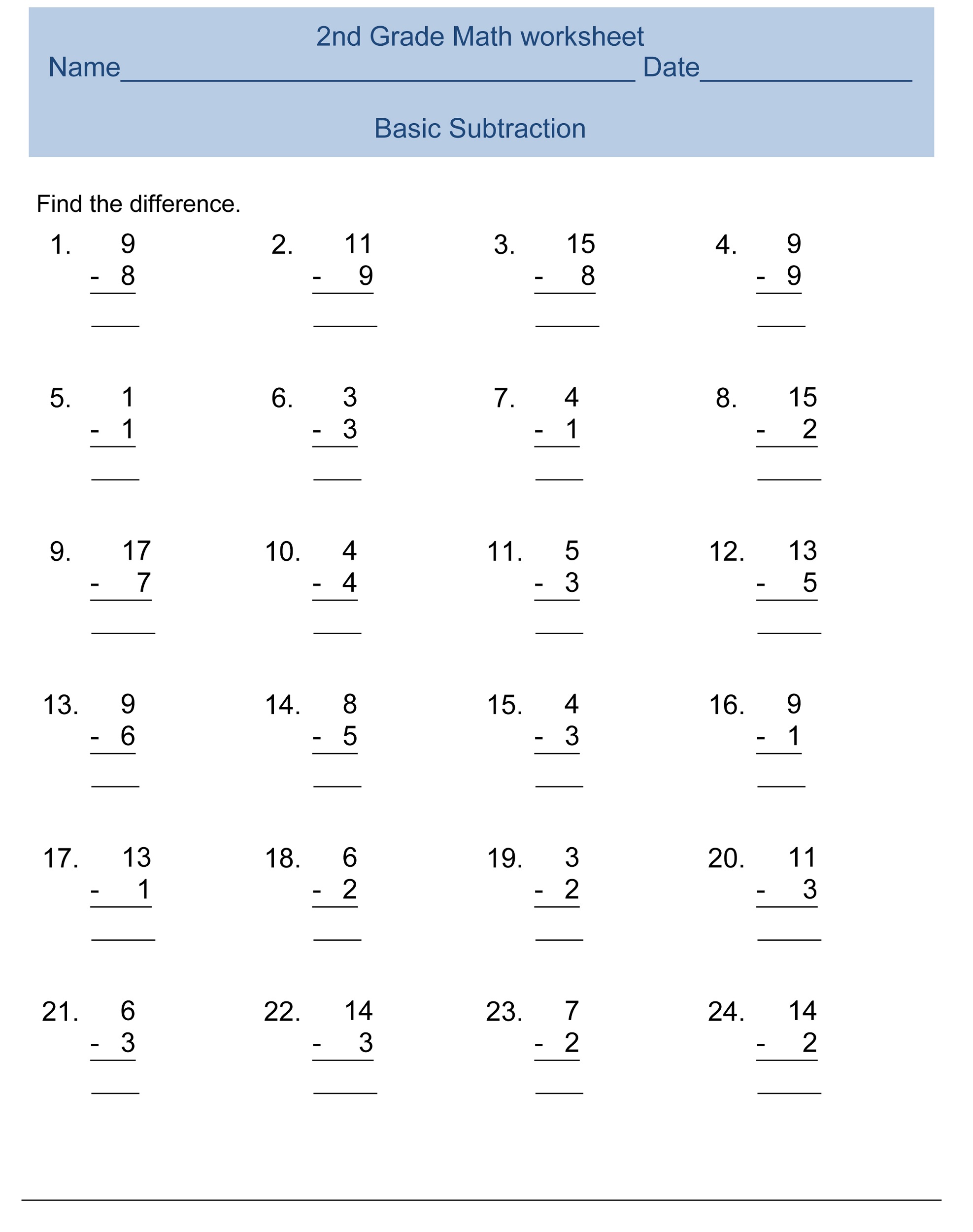Mathematics can often be a daunting subject for many students, leading to anxiety and a lack of confidence. However, for fifth graders, this is a pivotal year filled with potential for growth and understanding. This article explores effective and engaging strategies to help unlock math confidence in grade 5 students. With the right approach, learning math can transform from a stressful experience into an enjoyable adventure.
Understanding the Importance of Math Confidence
![]()
Before diving into strategies, it’s essential to understand why math confidence is crucial for students. Confidence in math can influence a student’s overall academic performance and self-esteem. According to a study published in the journal “Educational Psychology,” students who believe in their mathematical abilities are more likely to engage with challenging problems, seek help when needed, and persist in the face of difficulties.
Creating a Positive Math Environment

A supportive learning environment plays a significant role in building confidence. Here are some strategies to create a positive atmosphere for fifth-grade students:
- Encourage a Growth Mindset: Teach students that intelligence and abilities can be developed through effort and practice. Share stories of famous mathematicians who encountered failures before achieving success.
- Celebrate Mistakes: Create a classroom culture where mistakes are seen as learning opportunities. Discuss errors openly, and encourage students to analyze what went wrong.
- Use Positive Reinforcement: Recognize and celebrate small successes. This could be through verbal praise, stickers, or certificates for accomplishments.
Incorporating Games into Learning

Games can make learning math exciting and interactive. They provide a low-pressure environment where students can practice their skills while having fun. Here are some effective games for fifth graders:
- Math Bingo: Create bingo cards with answers to math problems. Call out the problems, and students mark the corresponding answers on their cards.
- Online Math Games: Utilize educational websites and apps such as Khan Academy, Prodigy, or Cool Math Games that offer engaging math challenges tailored to the fifth-grade curriculum.
- Math Jeopardy: Create a Jeopardy-style game with categories that cover various math topics. This encourages teamwork and friendly competition.
Using Real-Life Applications

Connecting math concepts to real-life situations can help students understand their relevance and importance. Here are some strategies to incorporate real-world applications:
- Shopping Simulations: Give students a budget and have them “shop” for items in a mock store. This activity can help them practice addition, subtraction, and multiplication in a relatable context.
- Cooking and Measurements: Involve students in cooking activities that require measuring ingredients. This practical application reinforces concepts of fractions and volume.
- Outdoor Math Scavenger Hunts: Create a scavenger hunt where students solve math problems to find clues. This encourages physical activity while applying math skills.
Integrating Technology in Math Learning

In today’s digital age, incorporating technology into math lessons can greatly enhance engagement. Here are some effective methods:
- Interactive Math Software: Use programs like Mathletics or IXL that adapt to each student’s skill level while providing instant feedback.
- Video Tutorials: Encourage students to watch educational videos on platforms like YouTube, which can explain complex concepts in an engaging manner.
- Math Apps: Recommend apps that offer fun math challenges, such as Mathway or Photomath, which allow students to solve problems step-by-step.
Collaborative Learning Opportunities
Teamwork can significantly boost confidence and understanding in math. Here’s how to promote collaborative learning:
- Group Projects: Assign group projects where students must work together to tackle larger math problems or present a math-related topic.
- Peer Tutoring: Pair students to teach each other. This not only reinforces the tutor’s knowledge but also builds a supportive learning community.
- Math Clubs: Encourage students to join or form math clubs where they can explore math concepts together beyond the classroom setting.
Promoting Problem-Solving Skills
Encouraging students to develop their problem-solving abilities is crucial for building math confidence. Here’s how to foster these skills:
- Open-Ended Problems: Present students with open-ended math problems that allow for multiple solutions. This encourages creativity and critical thinking.
- Math Journals: Have students keep a math journal where they can reflect on their problem-solving processes and strategies.
- Real-World Problem Solving: Incorporate real-world math challenges that require students to apply their skills in practical situations, enhancing their analytical abilities.
Case Study: Successful Implementation of Math Confidence Strategies
In a 2021 study conducted by the University of California, researchers examined a fifth-grade classroom that implemented various confidence-building strategies over a school year. The findings revealed:
- Students’ math test scores improved by an average of 15%.
- Increased participation in class discussions and collaborative projects.
- A marked decrease in math anxiety levels, as reported by the students.
This case study highlights the effectiveness of combining positive reinforcement, real-world applications, and collaborative learning in fostering math confidence among fifth graders.
Conclusion: Empowering Fifth Graders in Math

Building math confidence in fifth-grade students is not only about improving their skills but also about instilling a love for learning. By creating a positive environment, incorporating games, connecting math to real life, integrating technology, promoting collaboration, and fostering problem-solving skills, educators can transform math from a source of anxiety to a fun and engaging subject. The journey to unlocking math confidence is a collective effort that involves students, educators, and parents working together to cultivate a supportive and innovative learning atmosphere.
As we empower students with these strategies, we equip them with the tools they need to face mathematical challenges with confidence, resilience, and a sense of curiosity that will serve them throughout their academic careers and beyond.


